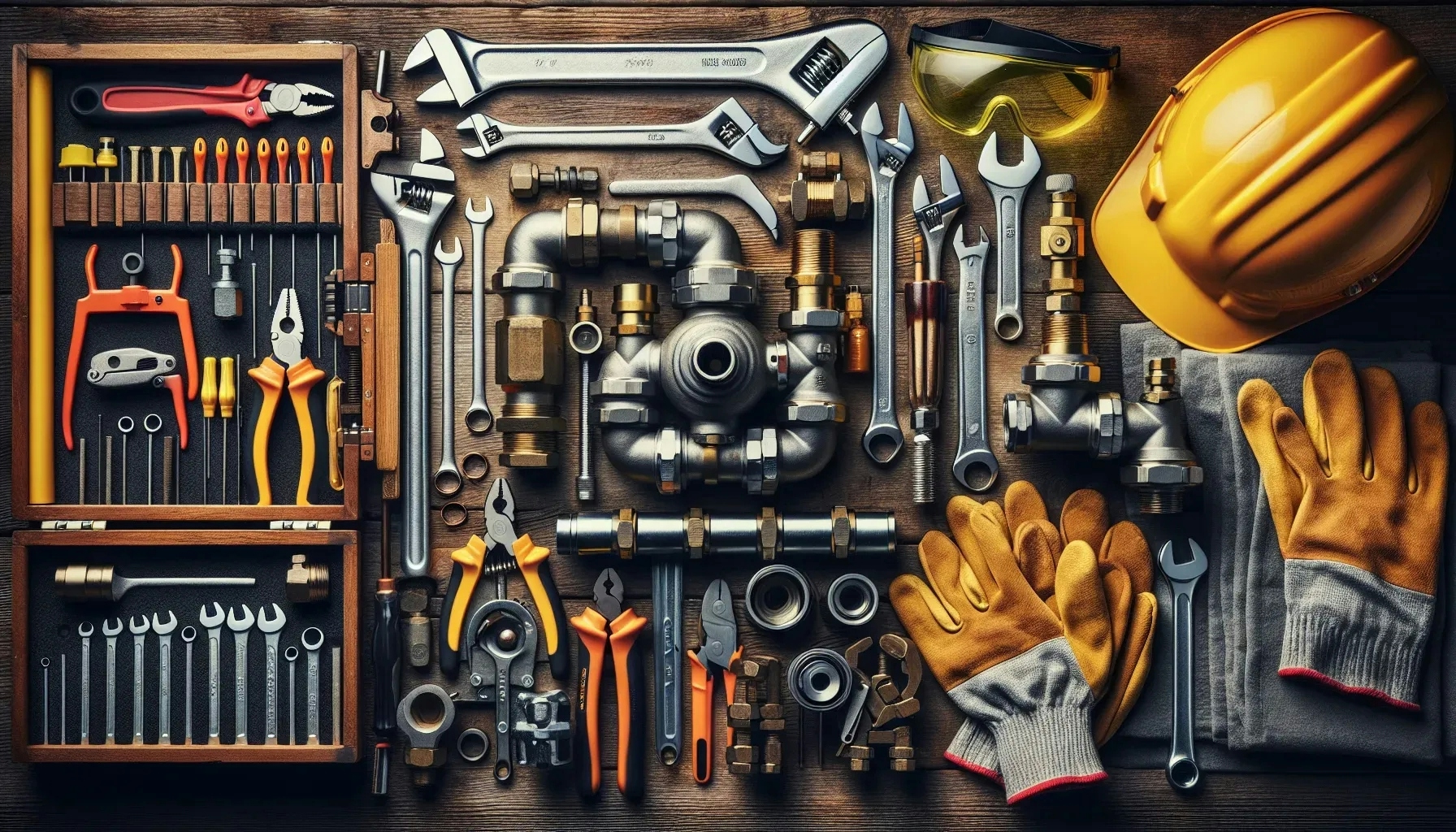Plumbing is a critical aspect of any construction project. It's not just about connecting pipes; it's about ensuring the safety and health of the people who will use the building. This blog post will delve into the world of plumbing safety standards and protocols, shedding light on their importance, implementation, and the consequences of non-compliance.
Understanding Plumbing Safety Standards
Plumbing safety standards are a set of guidelines designed to ensure the safety and health of individuals in a building. These standards cover a wide range of areas, from the materials used in plumbing to the methods of installation.
The primary aim of these standards is to prevent accidents and health issues that can arise from poor plumbing practices. For instance, incorrect pipe installation can lead to leaks, which can cause structural damage to the building and pose health risks to the occupants.
Moreover, plumbing safety standards also aim to ensure the efficient use of water. By specifying the correct types of pipes and fittings to use, these standards help prevent water wastage, contributing to environmental sustainability.
Importance of Plumbing Safety Protocols
Plumbing safety protocols are procedures that plumbers follow to ensure their safety and the safety of others while working. These protocols cover a range of activities, from the use of personal protective equipment (PPE) to the correct handling of tools and materials.
Adherence to these protocols is crucial for several reasons. For one, they help prevent accidents that can result in injuries or even fatalities. For instance, wearing the right PPE can protect plumbers from hazards such as chemical burns or eye injuries.
Furthermore, these protocols also protect the building and its occupants. For example, following the correct procedures for testing pipe installations can prevent leaks that can cause water damage and mold growth.
Implementing Plumbing Safety Standards and Protocols
Implementing plumbing safety standards and protocols is a multi-step process that involves planning, training, and monitoring.
In the planning stage, it's crucial to understand the standards and protocols relevant to the project. This involves studying the local building codes and industry best practices.
Training is another critical aspect of implementation. All workers involved in the plumbing project should receive training on the relevant safety standards and protocols. This training should cover both theoretical knowledge and practical skills.
Monitoring is the final step in the implementation process. This involves regular inspections to ensure compliance with the standards and protocols. Any issues found during these inspections should be addressed promptly to prevent accidents and health risks.
Consequences of Non-Compliance
Non-compliance with plumbing safety standards and protocols can have severe consequences. These can range from legal penalties to health and safety risks.
Legal penalties can include fines and even imprisonment in severe cases. These penalties are designed to deter non-compliance and ensure the safety and health of building occupants.
Health and safety risks are another significant consequence of non-compliance. Poor plumbing practices can lead to issues such as water contamination, which can cause serious health problems. Similarly, failure to follow safety protocols can result in accidents that can cause injuries or fatalities.
The Role of Plumbing Professionals
Plumbing professionals play a crucial role in ensuring compliance with safety standards and protocols. They have the knowledge and skills to correctly install plumbing systems, ensuring their safety and efficiency.
Plumbing professionals also play a key role in training. They can provide practical training to other workers, helping them understand and follow the relevant safety standards and protocols.
Moreover, plumbing professionals can also help in monitoring compliance. They can conduct regular inspections and identify any issues that need to be addressed.
The Future of Plumbing Safety Standards and Protocols
The future of plumbing safety standards and protocols looks promising, with advancements in technology and increased awareness about the importance of safety in the industry.
Technology, in particular, has the potential to significantly improve plumbing safety. For instance, new tools and equipment can make plumbing work safer and more efficient. Similarly, digital platforms can make it easier to access and understand safety standards and protocols.
Increased awareness about the importance of safety is another positive trend. As more people understand the risks associated with poor plumbing practices, the demand for safe and efficient plumbing systems is likely to increase.
Wrapping Up: Plumbing Safety Standards and Protocols
Plumbing safety standards and protocols are critical for the safety and health of both workers and building occupants. By understanding these standards and protocols, implementing them correctly, and staying updated on the latest trends, we can ensure the safety and efficiency of our plumbing systems.

